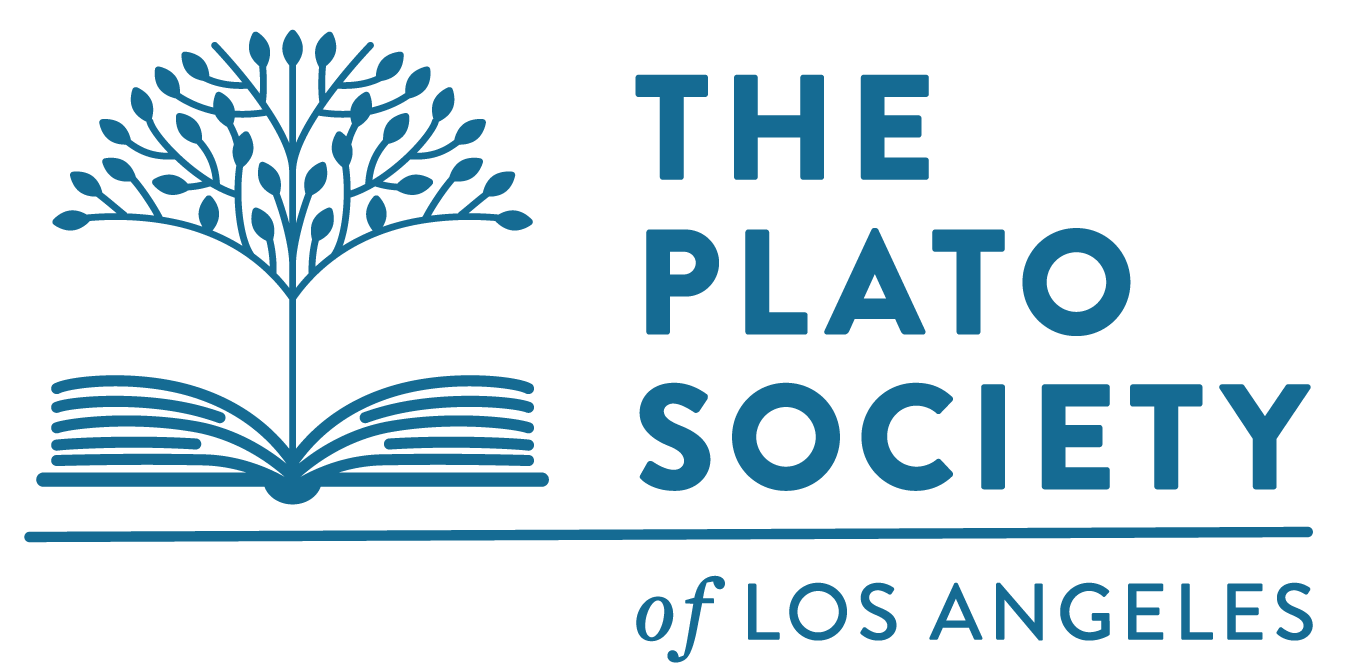Description
Welcome to the powerful world of African-American art. From the tragic reality of slavery to the stepping-out of the Harlem Renaissance and beyond, our SDG will traverse the enduring beauty of African-American art. Moving forward in time, we will learn about the inclusion of African-American Art on the public stage via the Federal Works Projects, and the first openings of museums that featured the art of Black Americans. During this expansion, the AfriCobra Coalition gave us the first major art collective for African-Americans, thereby ensuring gallery and museum representation for Black artists.
The 50's-60's brought us the Black Power and Civil Rights movement's. During the 70's we will see how Black artists demanded their rightful place in American culture. While the 80's belonged to Jean-Michel Basquiat, who was the first black man to achieve superstar status in the art world. The Nineties were for the elevation and dominance of Black Women such as Kara Walker and Wangchi Mutu. While the 21st Century heralds the welcoming of Black Artists, such as Kerry James Marshall into the pantheon of World Artists.
Join us as we explore and learn about the enduring artistic greatness of African-American painters, photographers, and sculptors.
Weekly Topics
Week 1 - Chapter 1: The Art of Perception: How Art Communicates pg. 3-12
Chapter 2: Art and Design in the Colonial Era pg. 15-29
Week 2 - Chapter 3: Federal Period Architecture, Ceramics, Sculpture and Design pg. 31-55
Charles Paquet, John Hemings, Celestin Glapion, Dutreuil Barjon, David Drake, Thomas Commeraw, Harriet Powers, Elizabeth Keckley Face Jugs
Week 3 - Chapter 4: 19th. Century Neoclassicism pg. 57-80
Edmonia Lewis, Joshua Johnson, Will Simpson, Women Artists Friendship Albums, Jules Lion, Patrick Henry Reason
Week 4 - Chapter 5: Romanticism to Impressionism in the 19th. Century pg. 83-114
Robert S. Duncanson, Edward M. Bannister, Henry O. Tanner, Annie E. Anderson Walker, Calvin S.T. Brent
Week 5 - Chapter 6: Modernism and The Harlem Renaissance pg.. 117-151
Meta Vaux Warrick Fuller, May Howard Jackson, Sargent Claude Johnson, Nancy Elizabeth Prophet, Lois Mailou Jones, James Van Zee
Week 6 - Chapter 7: Social Realism pg. 151-179
Charles Alston, Hale Woodruff, Margaret Burroughs, Charles White, Augusta Savage
Week 7 - Chapter 8: Mid-20th-Century Transitions and Surrealism pg. 179-216
Elizabeth Catlett, Romare Bearden, Jacob Lawrence, John Biggers, Rose Piper, Minnie Evans, Gordon Parks, Ellis Wilson
Gees Bay Quilters, Clementine Hunter, Madge Gill, Howard Finster
Week 8 - Chapter 9: Abstract Expressionism pg. 217-244
Norman Lewis, Alma Thomas, Beauford Delany, Sam Gilliam, Richard Mayhew, Al Loving, Betty Blayton, Barbara Chase-Riboud
Week 9 - Chapter 10: Pop and Agitprop: The Black Arts Movement pg. 245-278
Raymound Saunders, Reginald Gammons, Cliff Joseph, Ademola Olugebefola, Ben F. Jones, Jeff Donaldson, Wadsworth Jarrell,etc.
Week 10 - Chapter 11: Black Feminist Art: A Crisis of Race and Sex pg. 279-300
Faith Ringgold, Betye Saar, Nellie Mae Rowe, Dana Chandler, Dindga F. McCannon, Emma Amos, Justine Preshe DeVan, Sharon Haggins
Week 11 - Chapter 12: Postmodernism pg. 301-337
Howardena Pindell, Martin Puryear, Terry Adkins, Lorraine O'Grady, Noah Purifoy, Alison Saar, Willie Cole, Carrie Mae Weems
Week 12 - Chapter 13: Neo-Expressionism, The New Abstraction, and Architecture pg. 339-368
Basquiat, Kara Walker, Kerry James Marshall, Thorton Dial Sr., Mildren Thompson, Gaye Ellington, Charles Alston, Lois Mailow Jones,
Marion Perkins, Barkley Hendricks
Week 13 - Chapter 14: Post-Black Art and The New Millennium pg. 369-398
Mickalene Thomas, Kehinde Wiley, Mark Bradford, Nick Cave, Camille Norment, Deborah Willis, Jeff Sonhouse, Shinque Smith, Layla Ali
Week 14 - Looking to The Future: Current Artists Who are Pushing Boundaries. Source Information Online
Odili Donald Odita, Njideka Akunyili Crosby, Bisa Buttee, Aaron Douglas, Julie Mehrutu, Charles Gaines, Derrick Adams, Theaster Gates
Bibliography
African-American Art-A Visual and Cultural History: Lisa Farrington
This is our CORE book and the entire course will follow the 14 chapters of this full-color book. Additional images can be downloaded from the internet.
This book sells for $88.95, but Oxford University Press has agreed to sell the books in bulk to me for a discount of 30%, plus tax/shipping. Each book will sell for $62.26 + tax/shipping = $69.00
The books will ship to me, and we can arrange a pick-up or meeting to arrange delivery.
Black Art: A Cultural History - Richard J. Powell
A lovely second book with good pictures. Available Used. not required.








